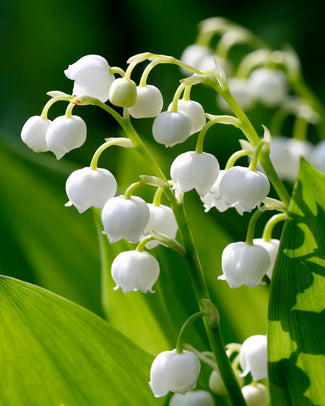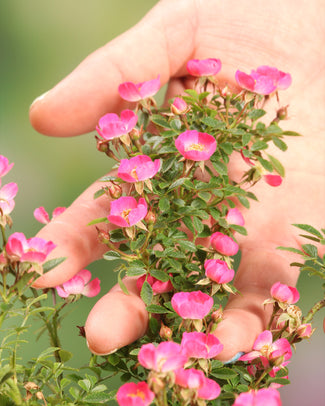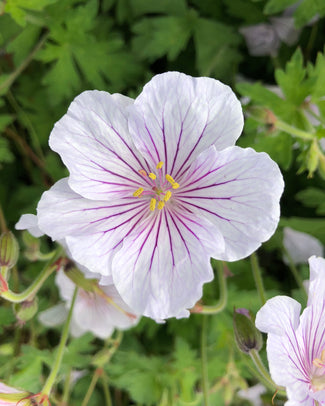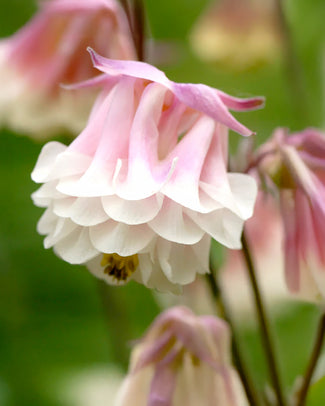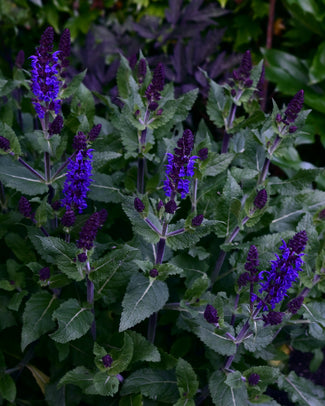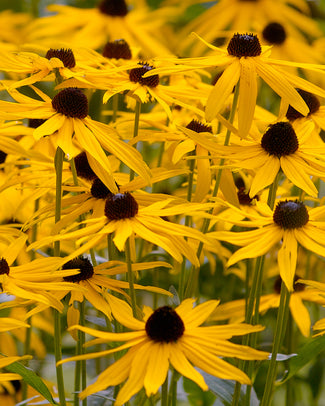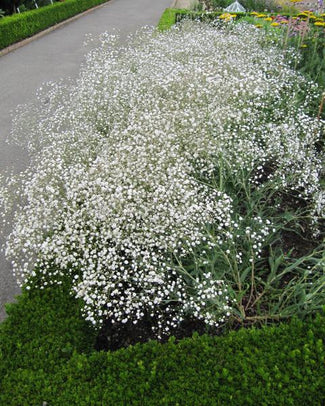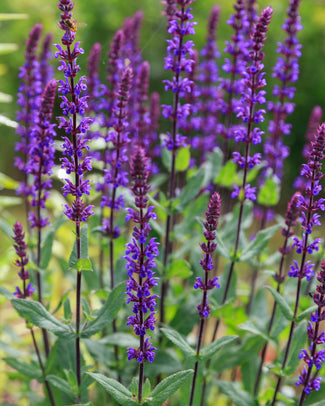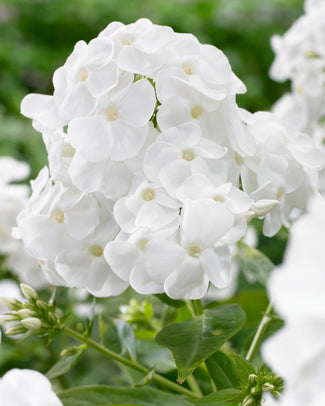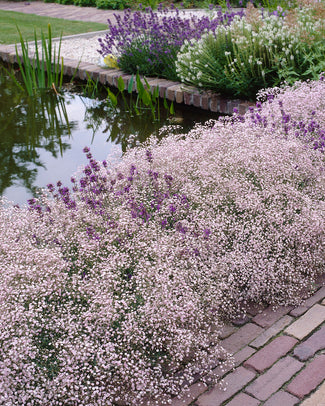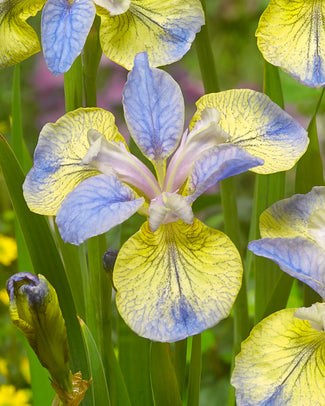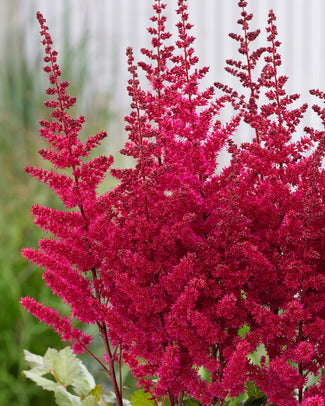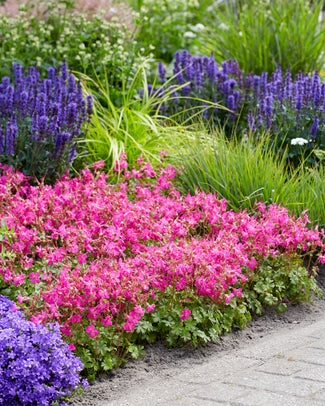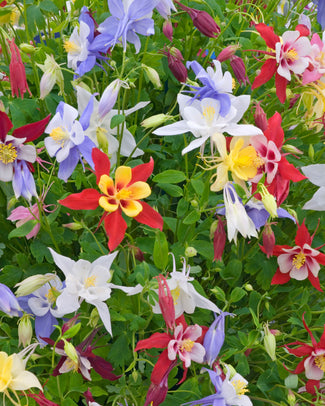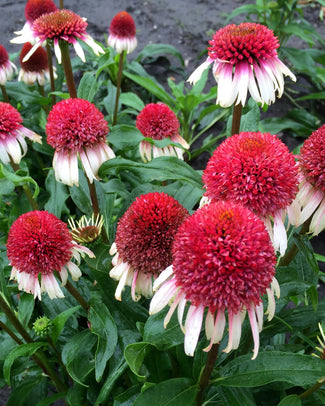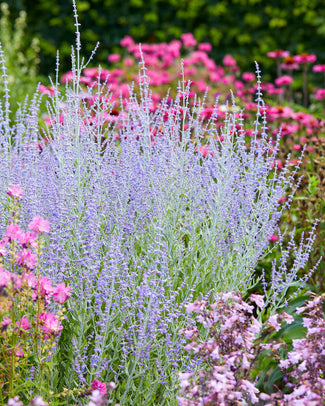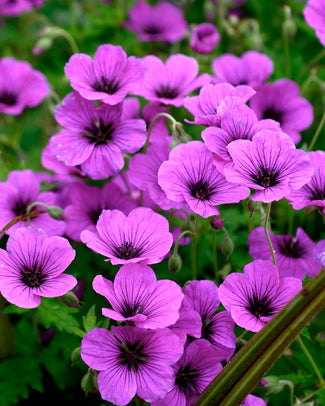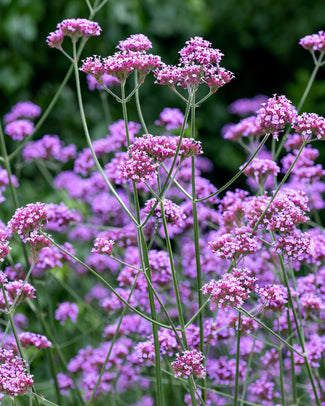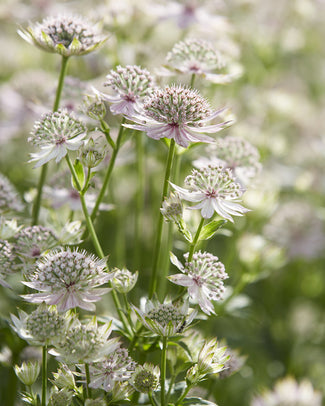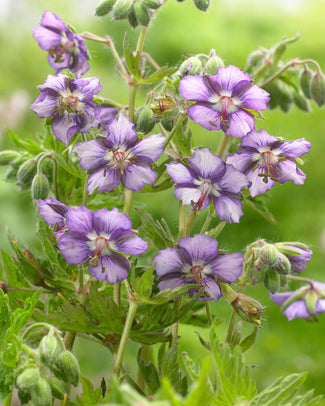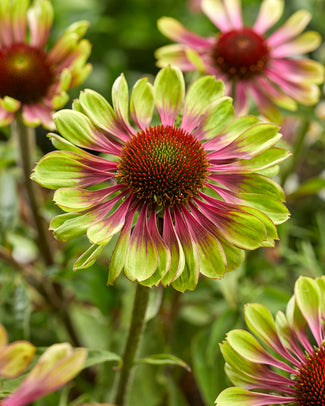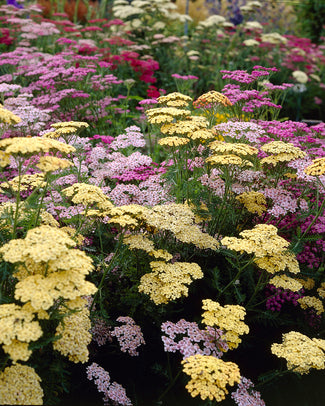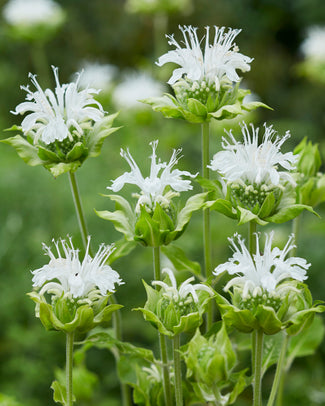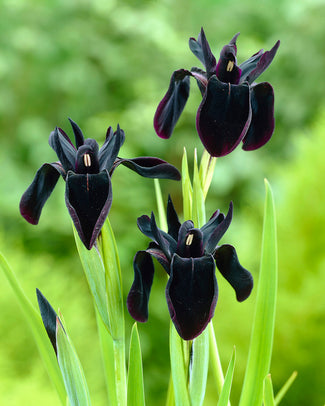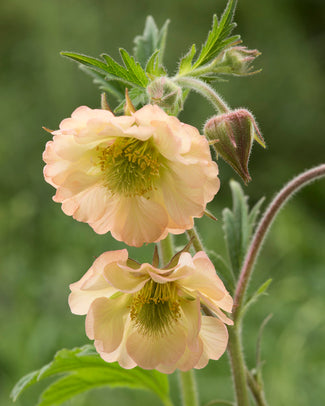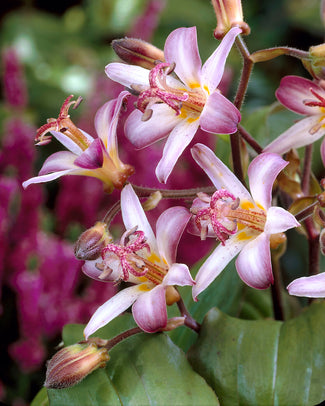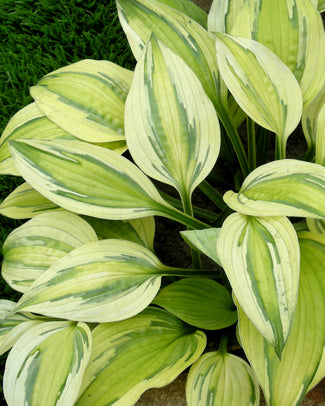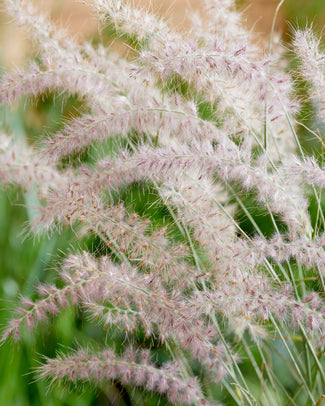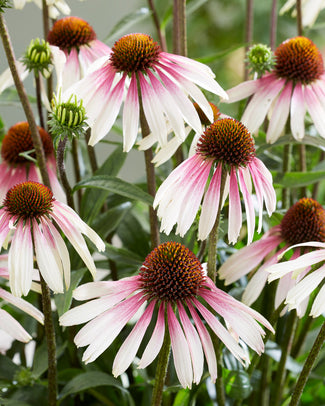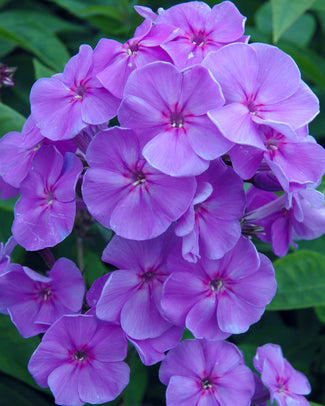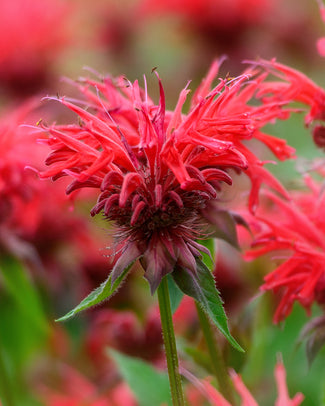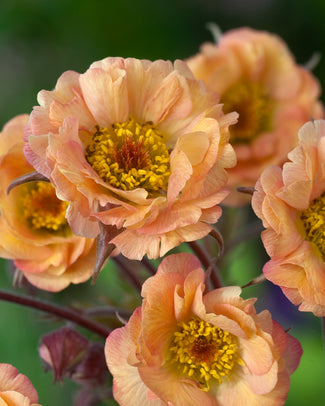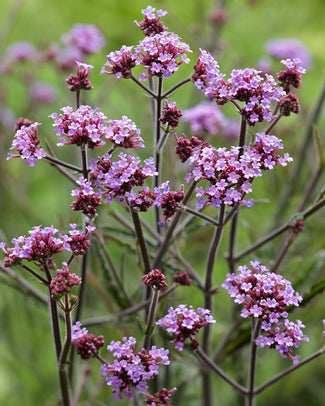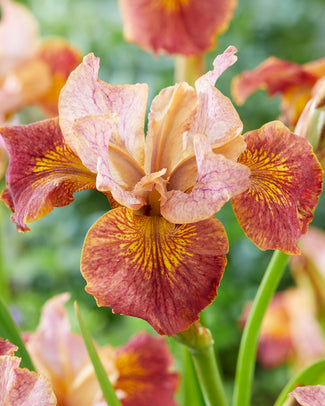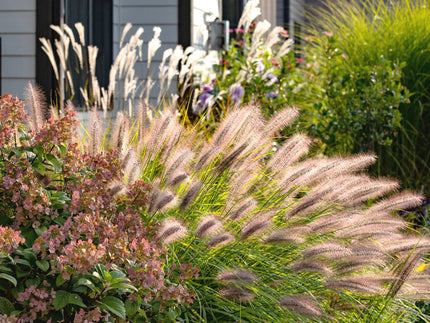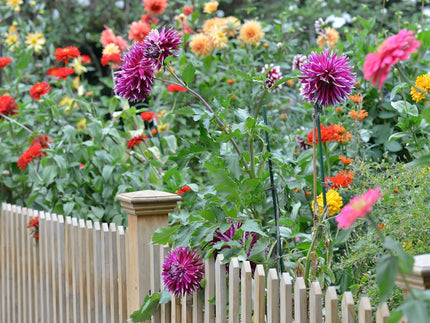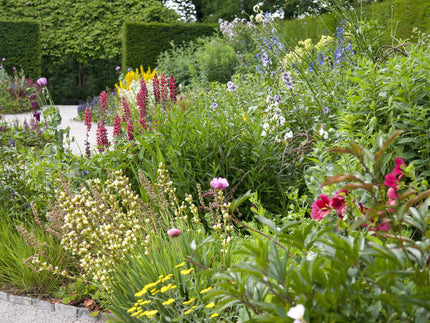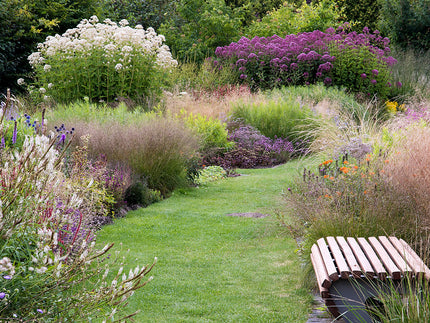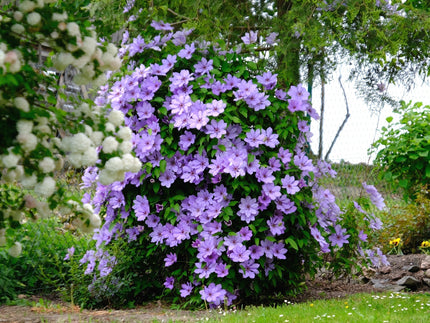How to plant Sedum
Sedum, or Hylotelephium, are fleshy succulent perennials suited to rock or gravel gardens and borders. Requiring a position in full sun, these are fully hardy and thrive in well drained rich or poor soil types. Known for their drought resistance and diverse range of colour and form, Sedum provide late season interest with their clusters of nectar-rich flowers, and texture through the summer season with their attractive leaves. A mainstay of wildlife gardens, they attract bumblebees, butterflies and hoverflies in abundance during late summer and autumn.
How to plant
- Plant Sedum bare roots in spring between February and May, ideally within a week of delivery.
- Soak the roots in water for 3-6 hours prior to planting. Pot into temporary 2 litre (or 15-20cm diameter) pots, using a good quality multi-purpose compost.
- Plant with the roots submerged and with the top of the root system just level with the soil surface. Any shoots or leaves which have emerged already should be left exposed above the soil surface.
- Grow them on in a sheltered spot outside. They can be transplanted into suitable growing positions after 2-4 months or once growth is established and the plants easily come out of the temporary pots with the soil held intact by the roots.
- When planting into the garden, choose a position in full sun. Sedum grows well in most soil types, especially free-draining gritty or stony soil. They do not cope with wet soils. They can grow well in mixed borders, large patio containers and gravel gardens.
- As with all young plants, monitor your new plantings for pest damage and keep space clear around the young plant, removing excess growth from neighbouring plants in the border to reduce competition.
- This perennial is fully hardy and does not require winter protection.
- Water-in after planting and keep hydrated when in growth, particularly during the first year. One established, they can tolerate drought well.
Aftercare
- In mid to late autumn, the flowers will start to fade. You can cut the stems right back to around 5cm above the soil at this point or you can leave the flowerheads to turn completely brown and dry out, they can provide a little structure and shape in the winter border. If you decide to leave the flowerheads over winter, the stems should be cut back in early spring.
- Sedum responds well to a mid-season cut while in growth. This involves cutting the stems back by half in May/June and it encourages the stems to brance out, or remain more compact.
- Over time, Sedums form a clump which will produce more flower stems. If the clump starts to look congested, you can lift the clump and split it in half in autumn or winter, then re-plant each piece with a space between them or in different areas of the garden.
































































































































































































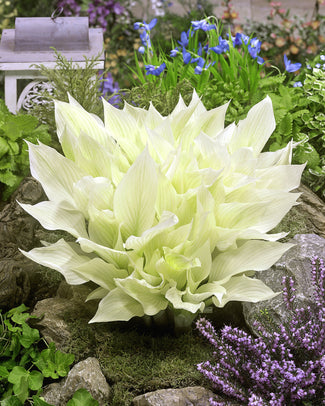
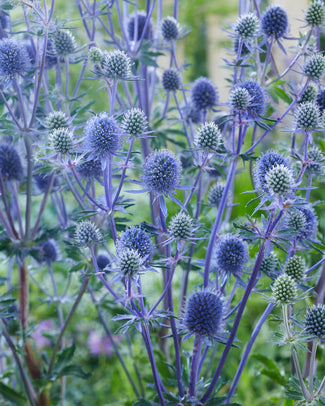
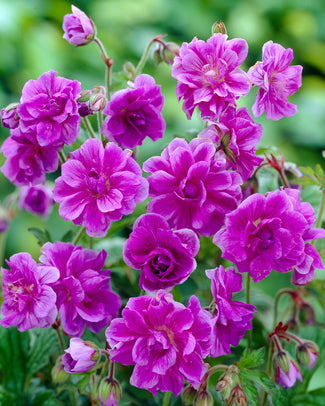
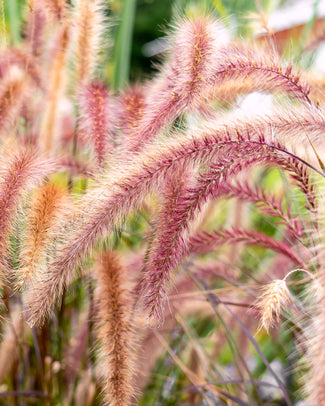
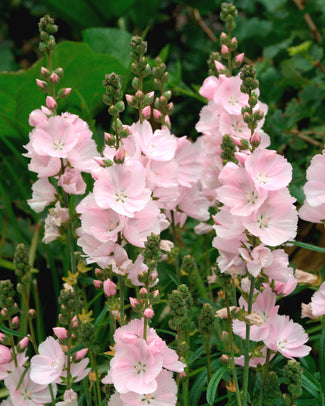
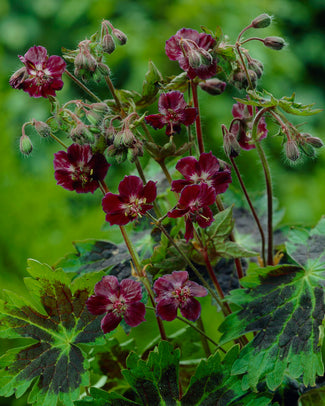
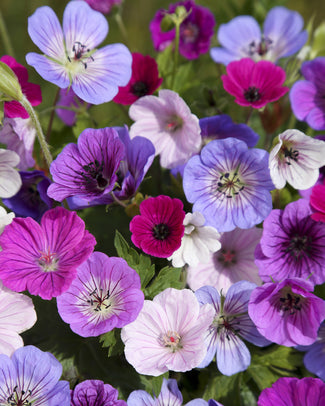
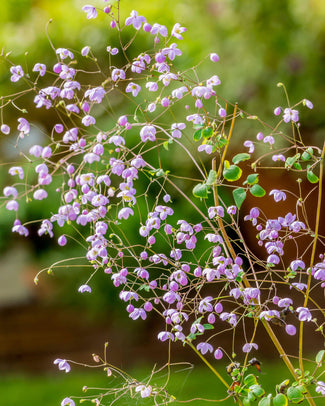
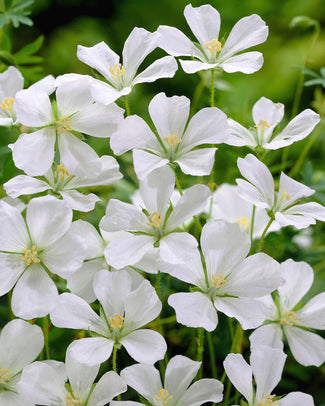
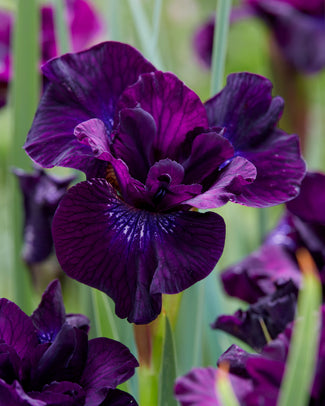
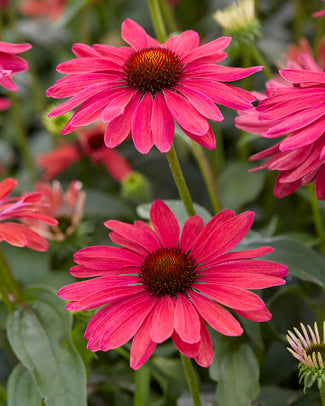
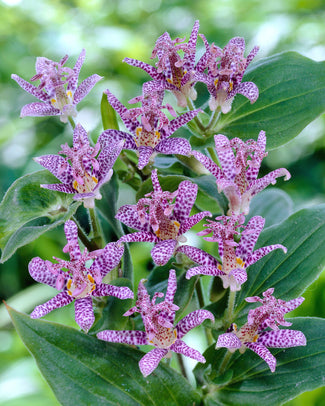
![Agapanthus 'Black Buddhist' []](http://www.farmergracy.co.uk/cdn/shop/products/agapanthus-black-buddhist-1_325x.jpg?v=1575625838)
